5 Slices of Colours that Affects UX & Behaviour
Colour and diversity are a synonym for Indian culture, values and lifestyles. As a nation steeped in customs filled with a kaleidoscopic rendezvous, India charms and bedazzles all its guests for its festival of colours — Holi!
But for our businesses, there is more to colours than just playing with it. Ask any successful image consultant or marketing expert and they will say: “Colourisation is central to the consumer experience”. Colours are very integral to the first bits of building our brand image to our overall visual effects. Colour affects the whole thing from how a person feels when they engage with a design, to how they use the design, to whether or not they can entirely see and understand it. Quite simply, colours are a lot extra than a decorative tool. It is believed that colours influence our purchasing choices, our emotions and even our memories. Thus, we can identify the implementation of ideas relevant to colours psychology being extensively put into practice in the marketing and design fields in many contemporary brands as well. Brands choose colours they think can inspire consumers to buy their goods and raise brand awareness.
Colours have also been used to cure multiple disorders using light therapy techniques. This proves how psychologically influencing colours can be.
Let’s begin with a common example: You’ve just finished a website layout. It looks and functions exactly like the wireframe. Everyone on the design group has praised the project. The consumer, however, doesn’t stay and browse the website for long enough. He is perhaps visually not comfortable with the website.
The offender here could quite possibly be colour. Different colourings can evoke such strong feelings that people have sharp reactions to them. It’s a part private preference, part psychological and in many cases, even societal norms.
Understanding the interplay between colours and human psychology is important to ace the UX game in the modern digital world. These inclinations and consumer preferences can noticeably have an effect on user experience, taking you closer to your goals. Here are 5 ways of how colours can be utilised to drastically improve your UX and behaviour.
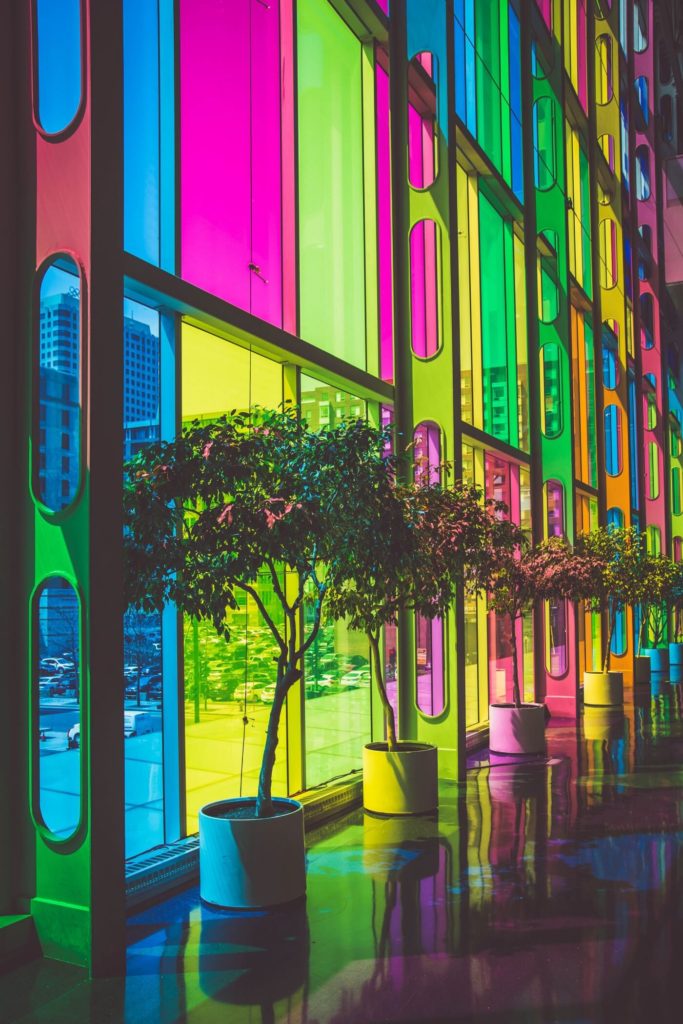
Colours and Emotional Influencing:
Colours are more than just its visuals. It is about the emotions they trigger.
The reason different colours impact emotions is largely dependent on its hue, shadow, shimmer or tone of paint and whether it is cold-toned or warm-toned.
Now let us look through some of the impacts that colours can have on your feelings:
Warm colours are believed to invoke joy, hope and energy feelings. Yellow, red and orange often have an impact of attracting interest and signalling danger, which can encourage you to take action: think stop signs, threat notices and barrier tape! They may even have simultaneous roles like Red which is believed to heighten the appetite of a human.
Cool colours like green, blue and purple are typically relaxing and stimulating but they can also convey sorrow. Purple is sometimes used to help spark imagination, as it is a blue (quiet) and red (extreme) combination. Include those colours if an organisation wants to display wellness, elegance or protection.
Happy colours including yellow, orange, pink and red are bright, friendly colours. Pastel shades like chocolate, light pink or lilac can also rejuvenate the mood. A warmer and a deeper hue can make you feel better and more positive. Another way that colours will generate positive feelings is by mixing different primary and secondary shades for a young, cheerful individual.
Clear, bold colours and fluorescent colours can be energising as they have a strong impact on ideologies. Colours such as vibrant red, flashing yellow and fluorescent green can be energising which can help you feel quite alert but can also irritate the eyes. Such colours will catch your attention and pop out of the surrounding area. Shimmery, vibrant colours such as royal blue, turquoise, teal, and aquamarine can also inspire you and leave you feeling relaxed and energetic

Sad colours are gloomy and quiet colours. Black and grey are the classic sad colours although, based on how they are used, soft and subdued happy colours such as violet, green or colours like brown or beige can have a similar effect on thoughts and emotions.
Can you think of how fast food brands like Mc.Donalds, KFC or Lays have red in their logo? Or many information and broadcasting websites like Wikipedia are often in the shades of grey.
Next, let’s dive into the ocean of how colours will impact UX.
User Interests and Perceptions :
User interface starts with the type of user to which the app, website or device is intended. Simple characteristics like gender or area where a customer resides can have an effect on their colours-based interpretation of your design. Many of the most fascinating colours impacts on UX are correlated to gender. Surveys have shown that men and women tend to like certain colours forms, and despise them.
Men are more likely to engage with sites with darker graphic themes and more vivid colours. Women tend to favour engaging with blogs with simpler interface styles and more relaxed palettes of colours. The mid-tone palettes are quite appealing to everyone in general.
Similarly, the font and its size, images, pop-ups and many more elements affect a user’s behaviour and perception with the layout. It is the little things that help you in making it big.
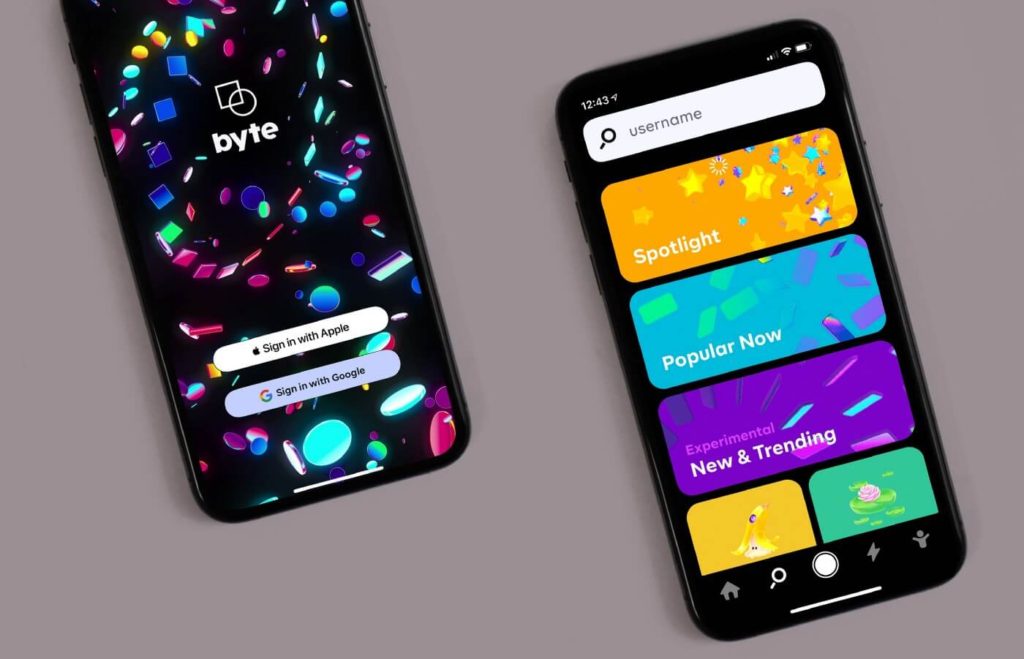
Association of Shades and Interpretations :
Although this is not an exact science, shades have subjective meanings that are relatively distinct. Remember certain colours will break into several categories. Such connections help to hammer out an overall feel for certain style elements.
This generates an automatic response in the brain when a person recognizes a certain hue or mixture of colours. Colour is an essential branding feature because it establishes the distinct link between a customer and a design.
Switch the colours or use something off-brand, and the user experience drops as visitors to the website are unexpectedly puzzled or unsure as to the brand they thought they knew.
Thus, it is important that brands stick to a colour palette that their customers are used to. This not only helps build the UX and behaviour, but the familiarity also helps build loyalty between your customers.
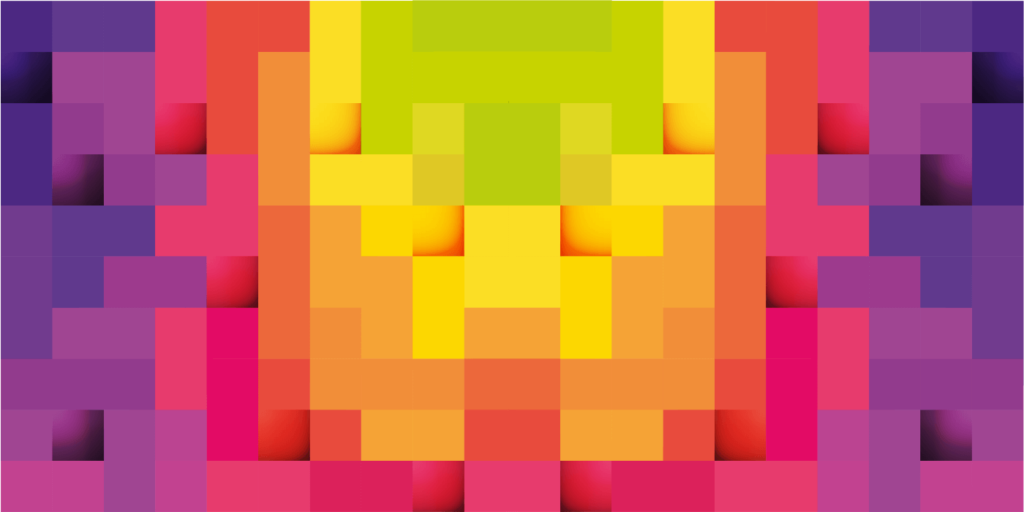
Application Patterns Bind to Color :
Have you noticed how often Blue, Red and Orange icons are featured on websites?
There is a purpose for this. Brightly coloured buttons conflicting with a website’s backdrop- blue, red and orange frequently stick off from either light or dark environments. This allows users to locate, recognise and connect with the click or tap elements as they recognise clearly and instantly what their perceptions of that element are. A crucial part of user experience is presenting customers with simple interaction options.
Allowing Access to All Users :
Optimal accessibility would mean relatable, understandable and ease of navigation and interaction to all people including those with visual or other disabilities.
It is projected that 4.5% of the global population suffers colour blindness (that would be 1 in 12 people), 4% suffer from low vision (1 among 30 people), and 0.6% are blind (1 among 188 people). It’s quick to forget that we’re working for this target community because most designers don’t face these issues.
Do not use colour as the sole visual means of delivering information. Use colour to highlight or enhance what’s already visible. The contrast ratio of data to the context of a document is often considered optimal at the ratio of 4.5 to 1.
There are many ways in which you can help users see and read the text on their screen with low vision, colour blindness or fading vision.
Alerts in the Form:
Indicators of success and error are most often coloured green and red respectively. However red and green are the colours which are most affected by a lack of colour vision.
Provide Text Equivalents for Images:
We’ve been concentrating on colour blind people so far, but there’s also a portion of the population who can’t see (or see quite poorly), and use powerful tools including screen readers to view websites. Screen readers read images to provide context by focusing on alternate text applied to the image. If that text is not available or is not adequately descriptive they will not be able to observe the details as expected.
Some tricks and tips often help us reach our goal of delivering the most satisfying user experience; thus commanding better user behaviour.
Businesses and developers need to note that the results of colours can vary due to factors such as age, culture and gender. Here are some aspects that you need to consider while choosing your colours.
- Research says the colour tastes shift with each gender when they grow older. For eg, kids like yellow colours fairly much but it typically seems less appealing as we become adults. Again, the point to note here is that children will quickly change their favourite colours, while the tastes of adult colours are usually non-malleable.
- Designers need to consider their target audience’s culture without ignoring the fact that there are several cultural variations and views of colours that vary from one place to another.
Some highlights that can be used as a guide while choosing your colours
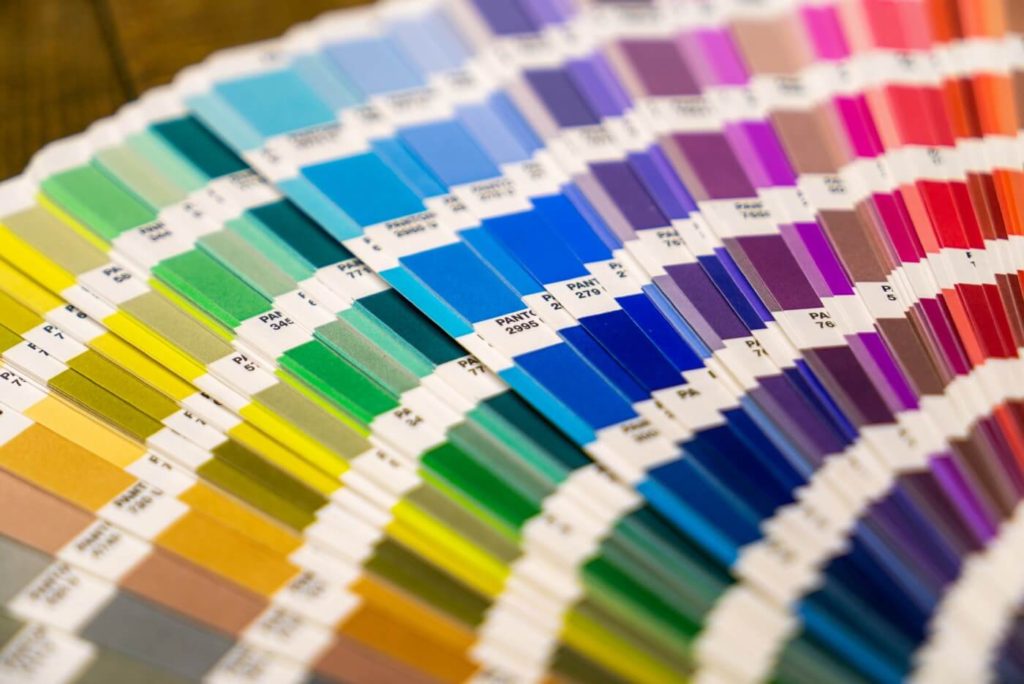
1) Specific colour tones are chosen to reflect the characteristics of the brand with which the organization wants to be associated.
2) Use colours carefully, because they impact the user’s response profoundly.
3) Be certain your colour and style express the message regarding your company and balance it properly.
4) Study on the target market and play with the colours to draw consumers according to their age, class and culture.
5) Test the colour on different screens.
6) Learn to make colour combinations carefully, in the best manner for the understanding of the consumers.
7) Ensure that the template or the prototype is tested at every step of the development, and not be too fixated over one or two shades. Your approach should be experimental where you choose a new colour and style and continue reviewing until you arrive on a great choice for you.
FAQs For Colours that Affect UX
What is UX color?
UX color is a term used to describe the colors used in user interface design. The colors used in UX design are intended to create a specific emotional response in users, which can help to guide them through the user interface. The use of color in UX design is often used to create a visual hierarchy, with the most important elements being given the most attention-grabbing colors.
Why is color important in UX?
Color is one of the most important elements of UX design. It can help create a mood, guide the user’s eye, make information easier to understand and create a more immersive and engaging experience for users.
How do you define UI colors?
UI colors are the colors used in user interface design. 60-30-10 rule is followed to create a balanced color scheme. They can be used to convey information, create visual interest, or simply add aesthetic appeal. Many factors can influence the choice of UI colors, including the brand identity of the product, the target audience, and the overall tone of the design.
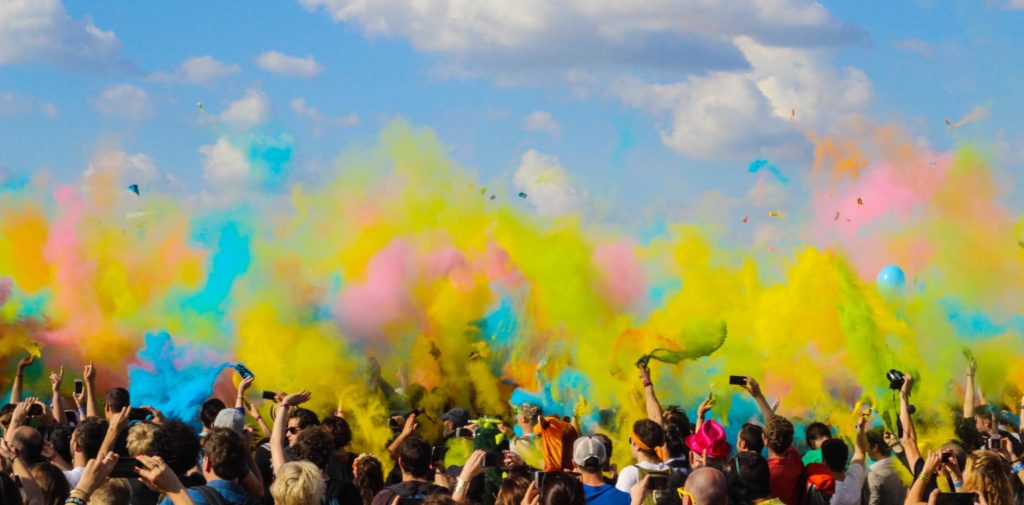


![How a UX Researcher Can Save A Lot of Time and Money? [Read this Before Hiring] How a UX Researcher Can Save A Lot of Time and Money?](https://www.yellowslice.in/bed/wp-content/uploads/2023/12/Feature-Image-370x245.jpg)
